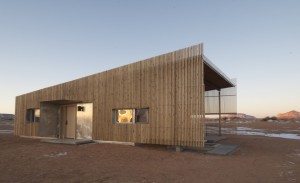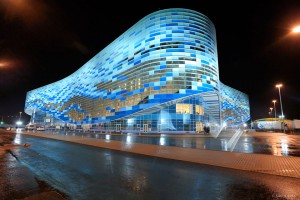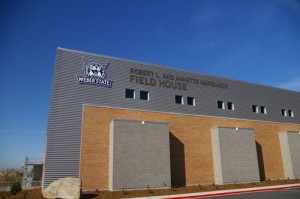The architect, roof manufacturer and roof construction installer are parts of a team that can work together like a well-oiled machine to get the best result – a professionally installed roof that looks beautiful and will last for decades.
I now invite you to think of your metal roofing system as a “team” in the sense that all parts must work effectively and efficiently together like pieces of a puzzle to function optimally as designed. A well-thought-out process puts the right combination of materials together in the right way to produce an optimum roofing system.
The process requires identifying a reputable manufacturer of standing seam roofs – one that meets your specific performance and aesthetic needs, and that provides the required warranties. Once chosen, the designer may think, “Voila! Mission complete,” when in fact, the process is just beginning.
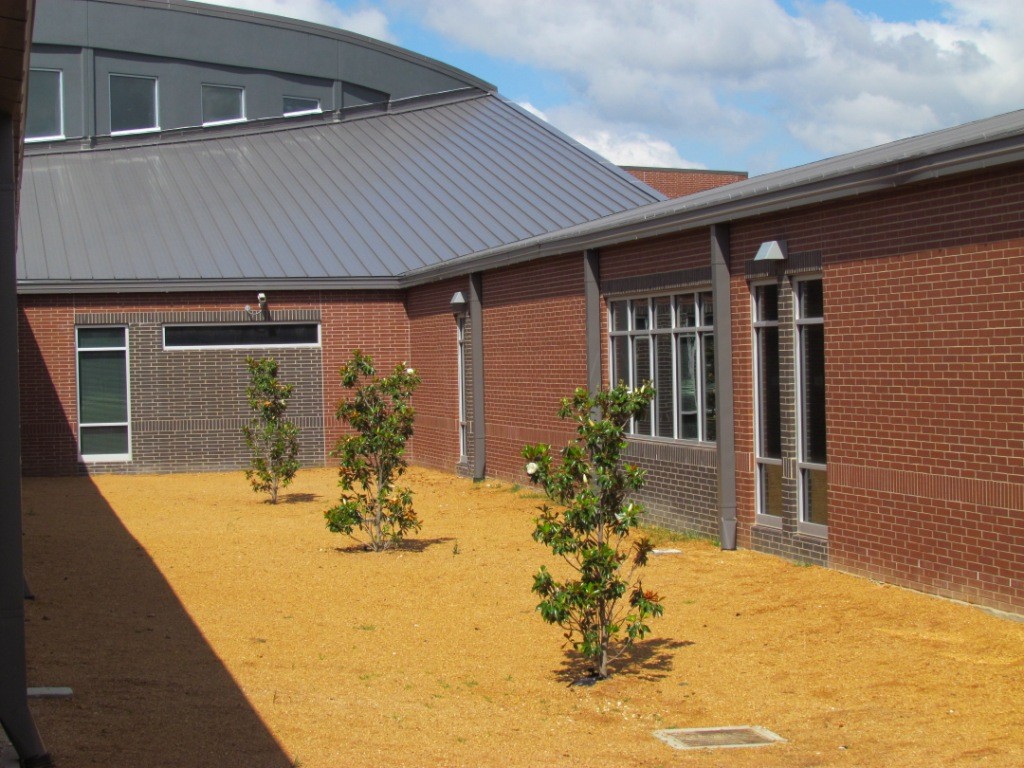
Since metal roofs are being used in increasingly more complicated designs, the roof panels and related accessories that attach the roof to the substructure are a part of the total roof system. The added roof curbs, pipe penetrations, crickets, snow retention devices and lightning protection equipment all become part of the standing seam roof system. And it really matters how each of these items attach to the roof. Though it sounds logical to do so, don’t leave it up to the roofer or another tradesperson to decide how these items will be installed.
Take control and make sure the following are adhered to when specifying a standing seam metal roof system:
Do not use dissimilar materials.
Copper, lead and graphite can all cause galvanic corrosion. Even water dripping from these materials onto the roof can cause it to corrode. And manufacturers’ warranties are often void if this situation exists.
Some examples: Copper lightning arresting equipment is a typical use of dissimilar material found on Galvalume roots. Use aluminum instead. Lead hats are often found on Galvalume roots. Rubber jacks can be substituted.
Compile a qualified list of acceptable curb manufacturers. Choose only those that use aluminum or stainless steel. Many curb companies use Galvalume, which seems reasonable since most standing seam panels are made from this material. But when Galvalume-coated steel is welded, the Galvalume-coating melts at the weld. Even when a coating of corrosion inhibitor is used, it will never be as good as the uncontaminated Galvalume coating.
You also want a curb manufacturer that offers a weathertightness warranty if required for the roof. Roof manufacturers will generally warrant the attachment of the roof curb to their roof panels, but it’s up to the roof curb manufacturer to warrant the construction and performance of their product.
Be careful with roof curbs. First off, they should be “shingled” into the roof. This way, all laps shed water as it drains from the roof. Curbs that lap on top of the roof panels on the upslope side will cause problems.
Roof curbs must allow plenty of room for water to drain around them without building up a waterhead at the upslope end. Provide clearance on both sides of the curb and a long flange on the upslope end so the roof panels can lap onto the flange and maintain a 12” upslope from the top of the water diverter built into the curb.
Finally, if AC units will be placed on the roof, include PVC condensate lines to carry the water off of the roof. Never allow the condensate to drain directly onto the roof. The dissolved copper ions which will cause galvanic corrosion of the roof panels.
This is a lot to consider, possibly more than you thought was involved. Well friends, there’s even more. I’ll explore this even further in my next post.
In the meantime, learn more about MBCI’s rigorously-tested, standing seam metal roof systems and how it’s one of the most durable and weathertight roof systems available in the industry.
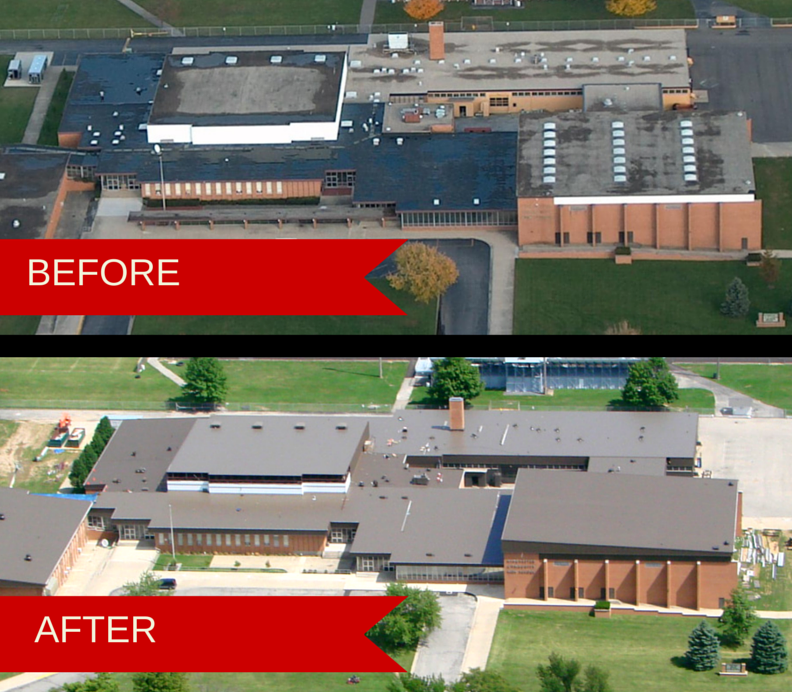

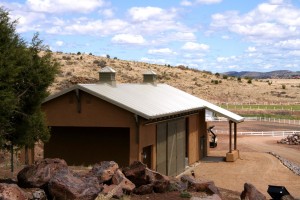

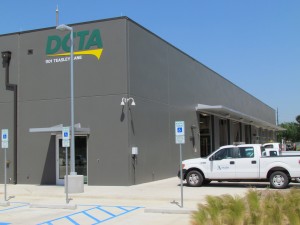 Take for instance the Denton County Transit Authority (DCTA) in Denton, Texas. Their operations were expanding so rapidly that they were in need of new facilities to house their growing fleet of buses. As a provider of mass transportation, DCTA was already focused on reducing fuel costs and eliminating carbon dioxide emissions. Rightfully so, they were environmentally conscious and wanted their new facility to reflect the same. To help achieve this sustainability, Huitt-Zollars Architectural Firm selected
Take for instance the Denton County Transit Authority (DCTA) in Denton, Texas. Their operations were expanding so rapidly that they were in need of new facilities to house their growing fleet of buses. As a provider of mass transportation, DCTA was already focused on reducing fuel costs and eliminating carbon dioxide emissions. Rightfully so, they were environmentally conscious and wanted their new facility to reflect the same. To help achieve this sustainability, Huitt-Zollars Architectural Firm selected 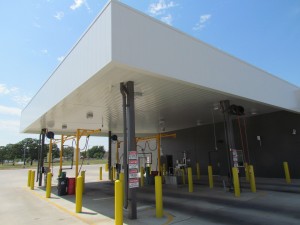 insulation. The panel can achieve an R-value up to 8.5 per inch of panel thickness. Additionally, since the panel and insulation are manufactured together and delivered as one piece, it reduces installation time.
insulation. The panel can achieve an R-value up to 8.5 per inch of panel thickness. Additionally, since the panel and insulation are manufactured together and delivered as one piece, it reduces installation time.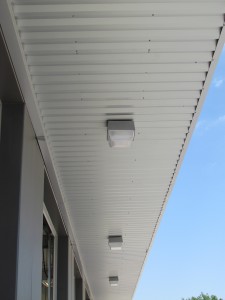 test results show no air leakage at 6.24 PSF and no water penetration at 13.24 PSF. Furthermore, the symmetrical rib of the 7.2 Panel offers excellent spanning and cantilever capabilities.
test results show no air leakage at 6.24 PSF and no water penetration at 13.24 PSF. Furthermore, the symmetrical rib of the 7.2 Panel offers excellent spanning and cantilever capabilities.